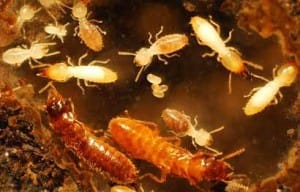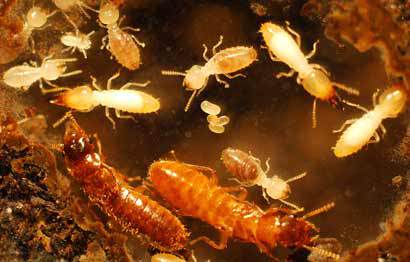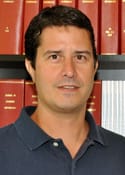
Edited from Florida Scientists Discover Super Termites, and They’re Not Genetically Modified in Entomology Today
Author Richard Levine is Communications Program Manager at the Entomological Society of America and editor of the Entomology Today Blog.
Formosan subterranean termites (Coptotermes formosanus) and Asian subterranean termites (Coptotermes gestroi) are the most damaging pest species in the world. Both are highly invasive and have spread throughout many areas of the world due to human activity, and their distributions overlap in some areas.
Hybrid Termites
Now scientists in Florida have observed Formosan males mating with Asian females — in fact, they seem to prefer the Asian females more than females from their own species — and their hybrid offspring seem to grow colonies twice as fast as their parents. Their findings are published in the journal PLOS ONE, and are described in this video.
Many hybrids are unable to reproduce (the mule, for example, which is the sterile hybrid offspring of a male donkey and a female horse). And many hybrids that actually can reproduce tend to lose vigor after one or more generations, which is why farmers often buy new hybrid seeds each growing season.
But so far that doesn’t seem to be the case for these termite hybrids. In the laboratory, the Florida researchers are raising a hybrid colony that is growing twice as fast as same-species colonies, suggesting a potential case of hybrid vigor.
“Our hybrid colony is still showing high vigor, can potentially live up to 20 years, and can still cause a significant amount of damage,” said Dr. Thomas Chouvenc, a co-author from the UFL’s Ft. Lauderdale Research and Education Center.
While these laboratory observations remain to be confirmed in the field, the results still raise a concern about the hybridization of these incredibly destructive pests, which could have significant economic impacts, according to the authors.
To get an idea of how potentially destructive they could be, watch this video of University of Florida researchers observing both termite species swarming and mating simultaneously.

